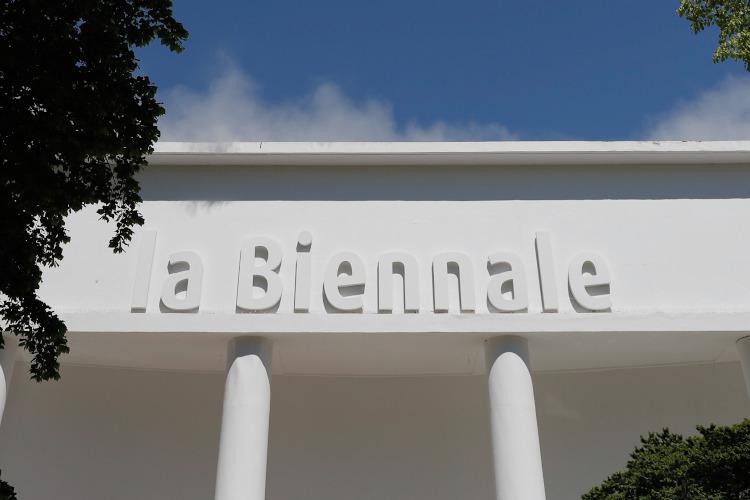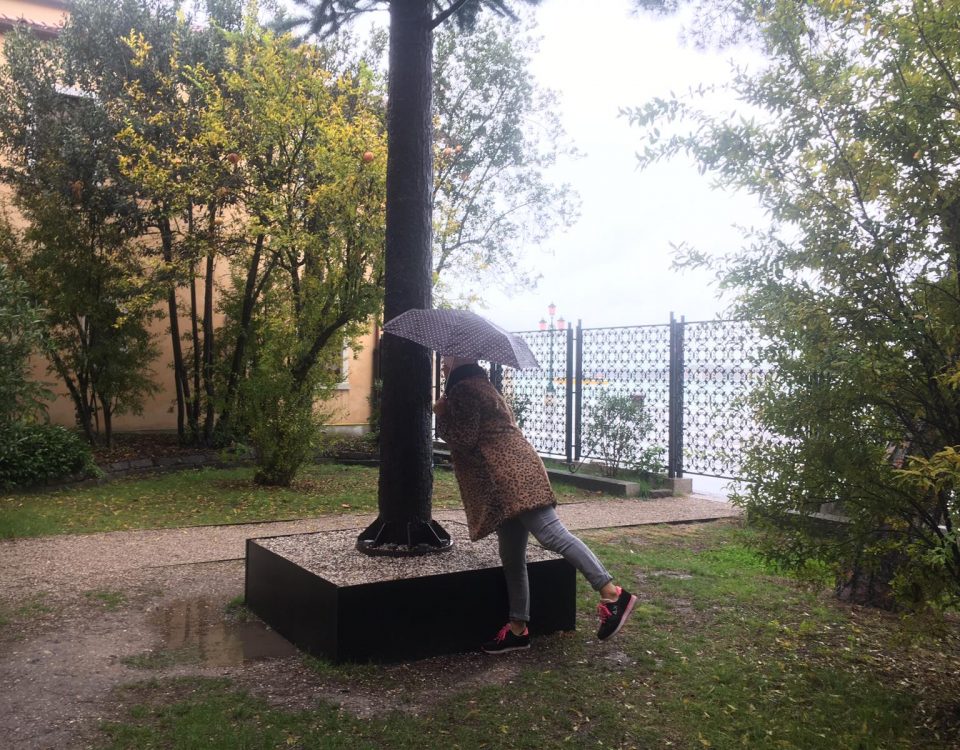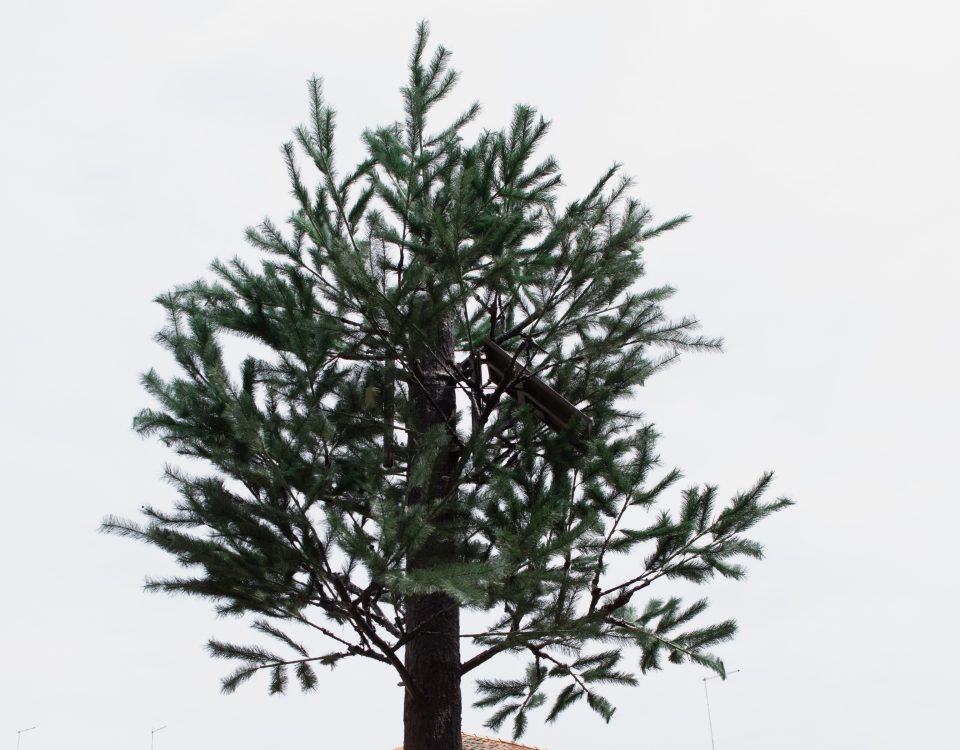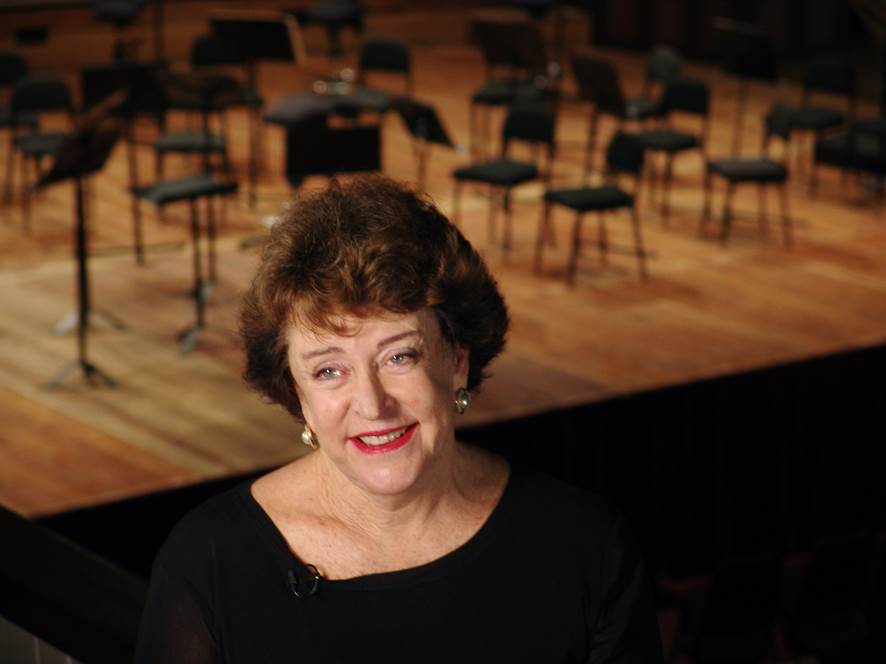
Commissioner announced for Biennale Arte 2019
September 11, 2017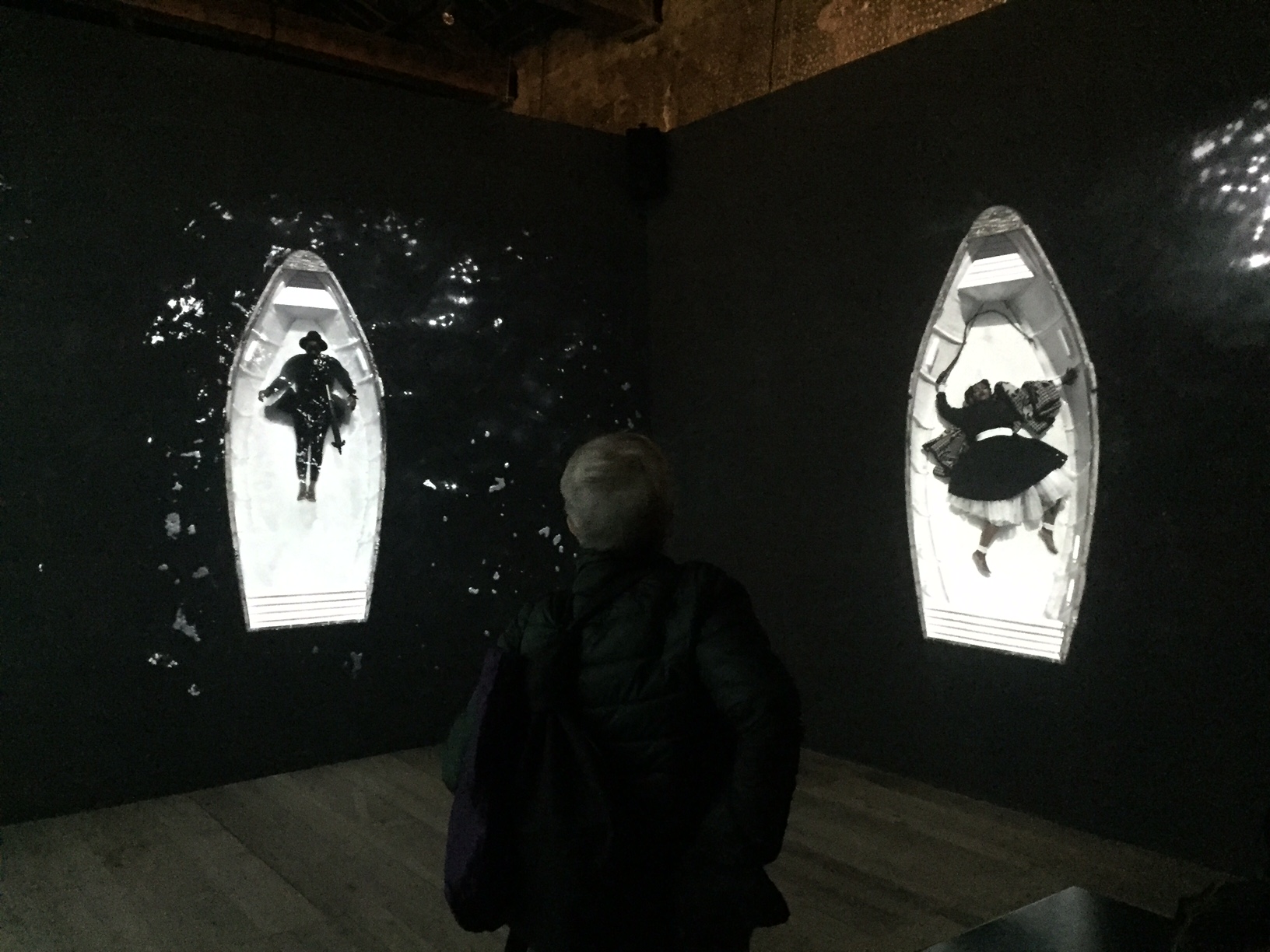
A lesson in empathy: South Africa at Venice
October 13, 2017Quite moments of reflection
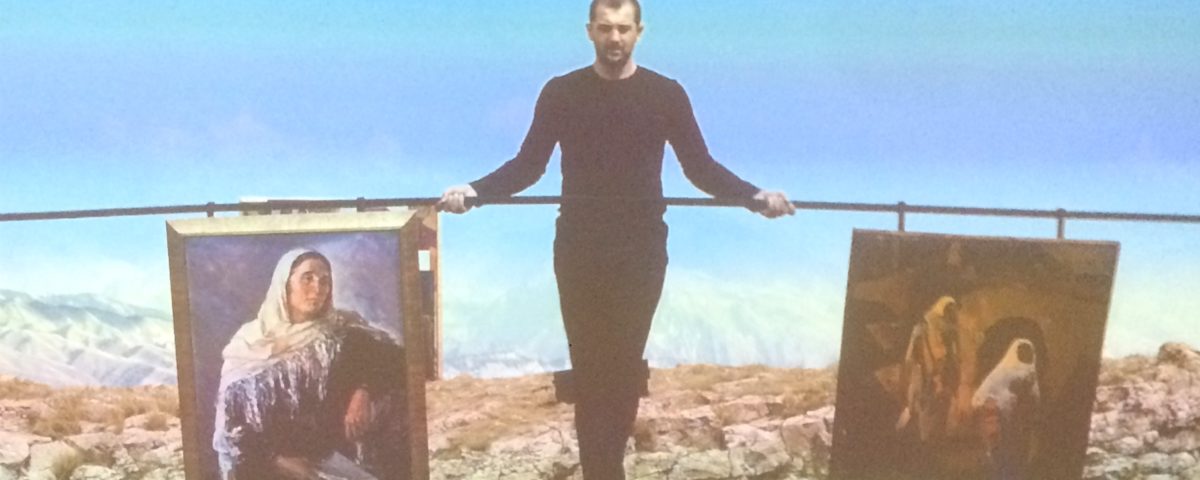
Les Immobiles by Marie Voignier. Photo: Zoe Hoeberigs.
Zoe Hoeberigs, one of our Exhibition Attendants for Lisa Reihana: Emissaries blogs (below) about some of the moving image artworks she experienced during her six weeks at the Biennale.
Moving image is a popular medium for Biennale Arte 2017. After only a few days in the New Zealand pavilion it was exhilarating to realize that for many visitors in Pursuit of Venus [infected], 2015—17 was one of, if not the most, exciting works in this medium at the Biennale. Having six weeks to explore the Biennale I was able to spend extended periods with the time-based artworks; a luxury I relished in. Works that I loved ranged from deeply moving (Mohau Modisakeng at the South African pavilion), to the supernatural (Jesse Jones at the Irish pavilion) to absolutely hilarious (Nathaniel Mellors and Erkka Nissinen at the Finnish pavilion – a gem!). These are some of the more ‘blockbuster’ pavilions and ones that command attention; but for me, there are less conspicuous works equally as memorable.
A work that caught my attention in the Arsenale is a film by Guan Xiao from 2013, entitled David. Using digital images and video found online, Xiao weaves together a narrative based around the famous sculpture by Michelangelo. Tourist footage of visits to the sculpture are juxtaposed with the various souvenirs available that feature ‘David’ – coffee mugs, aprons, baseball hats, etc. Accompanying the film is an original song sung by the artist, the lyrics of which are displayed karaoke style, and this reveals the message of the work: “We don’t know how to see him… Only recording, but not remembering…” It is a witty, playful and critical reflection on our hyper-materialised and content-overloaded culture. (And it was extremely amusing to sit with the work and see how many people took photos of it.)
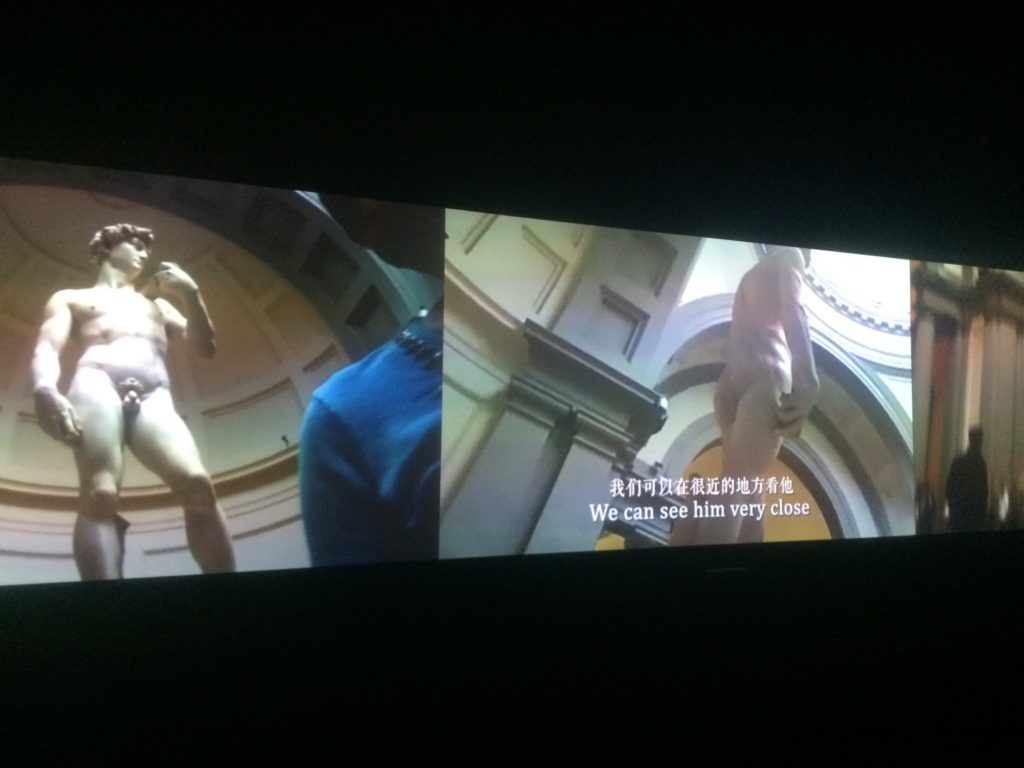
David by Guan Xiao. Photo: Zoe Hoeberigs.
Just as engaging was a short film by Taus Makacheva from Russia. Her practice looks at the tensions between tradition and modernity, local and global, and pre-soviet and post-soviet times. The work presented, Tightrope (2015), depicts a descendent of a famous tightrope dynasty carrying sixty-one artworks copied from the Museum of Dagestan (one of the places she lives and works) between two mountains. The works are moved from a stack on one mountain to a structure resembling gallery storage racks on the other. It is a nod to the ‘invisible’ collections of many Western institutions and issues of storage these museums and galleries face. Through the use of the tightrope, Makacheva is building a bridge between Western and non-Western traditions, nature and culture, past and present. She also connects the value of the reproduction to institutions that rely on commercial ventures to survive.
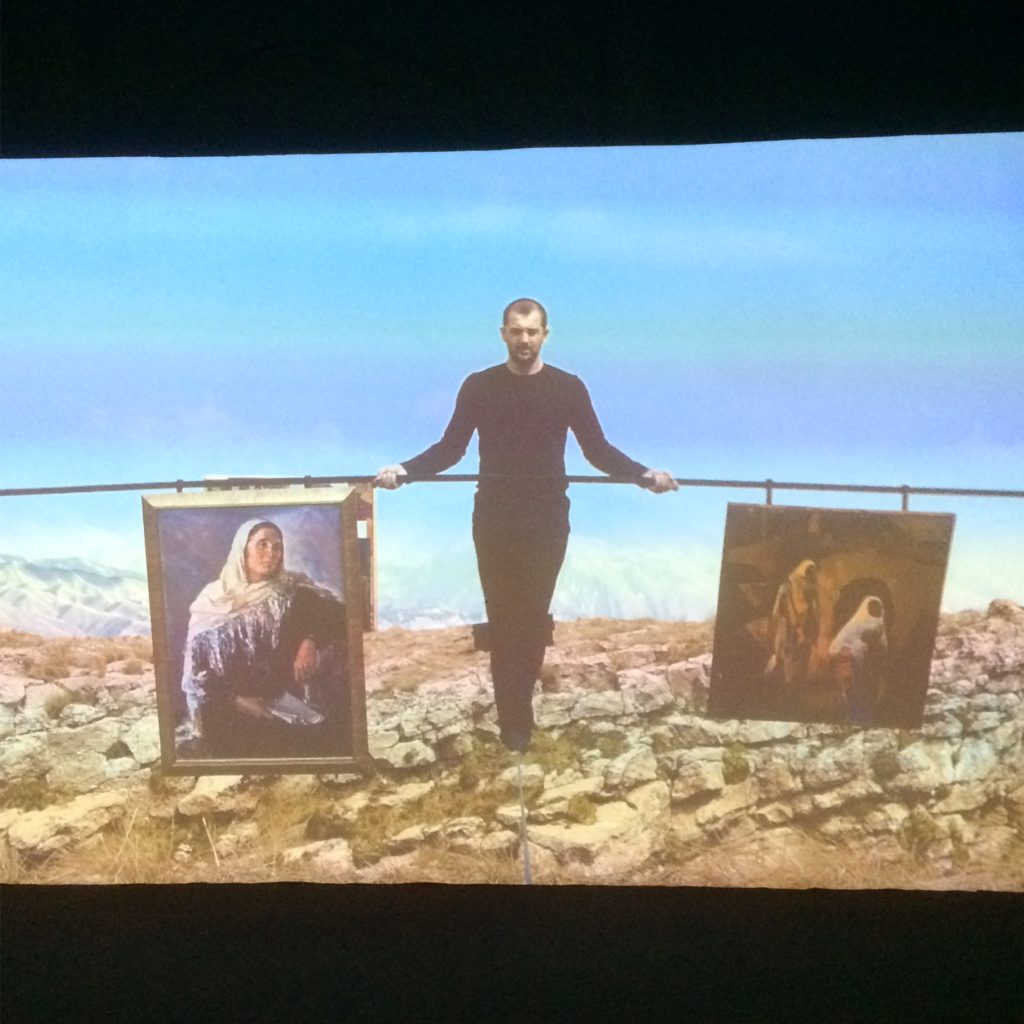
Les Immobiles by Marie Voignier. Photo: Zoe Hoeberigs.
A very poignant and moving film was Les Immobiles by French artist Marie Voignier. Throughout her practice Voignier uses simple cinematic techniques to great effect, illuminating the past through intimate narratives. Les Immobiles reveals the stories of a retired safari hunting guide from Central Africa. Voignier chooses to employ no other manipulations other than the close cropping of the frame to just the story-teller’s hands flipping through his history book. Over the course of the film’s 14 minutes we hear tales of obscene violence, bloody conquests and morbid trophy hunting, all recounted with a casual and nonchalant tone. The absence of artistic intervention and purely observational nature of the film ensures its potency; this is a portrait of a community that navigates with a very different moral compass to that most are familiar with.
In contrast to Voignier’s dark consideration was an uplifting short film from Marcos Avila Forero, entitled Atrato. The French artist captured a group of young people standing waist-deep in a river in Colombian Amazonia “playing the water”. Afro-Colombians are legendary percussionists and this work celebrates the tradition of these communities to use water drumming as a communication tool. Displacement by warfare between various factions in Columbia has resulted in many people struggling to uphold their cultural traditions. The film by Forero captures a revival in cultural traditions and celebration of a reconnection to an important poetic expressive custom. The mesmerizing beat that the performers created was joyful to watch.
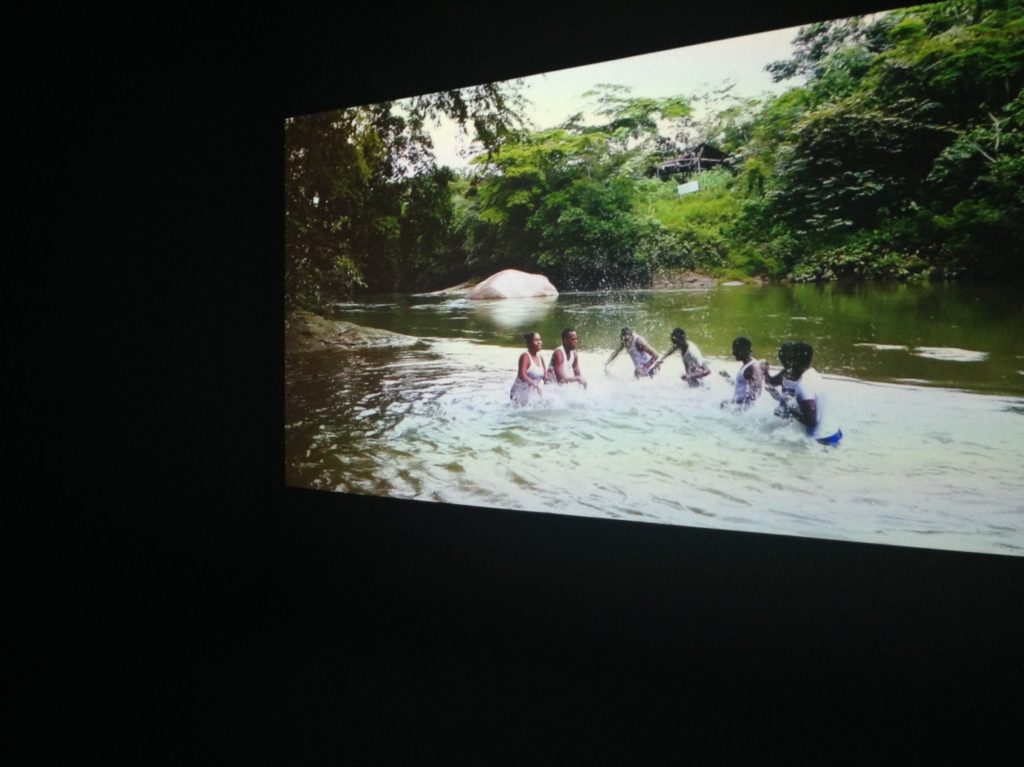
Marcos Avila Forero (France/Colombia), “Atrato”, video HD, color/sound, 13’ 52”. Photo credit: Anna Gargarian.
While it could be said that the grandness of many of the other moving image works at this year’s Biennale eclipsed some of the more diminutive films, I would hope that more visitors took a moment to view these works, as they offered affecting and delightful moments, giving a glimpse into very different lives around the globe.

